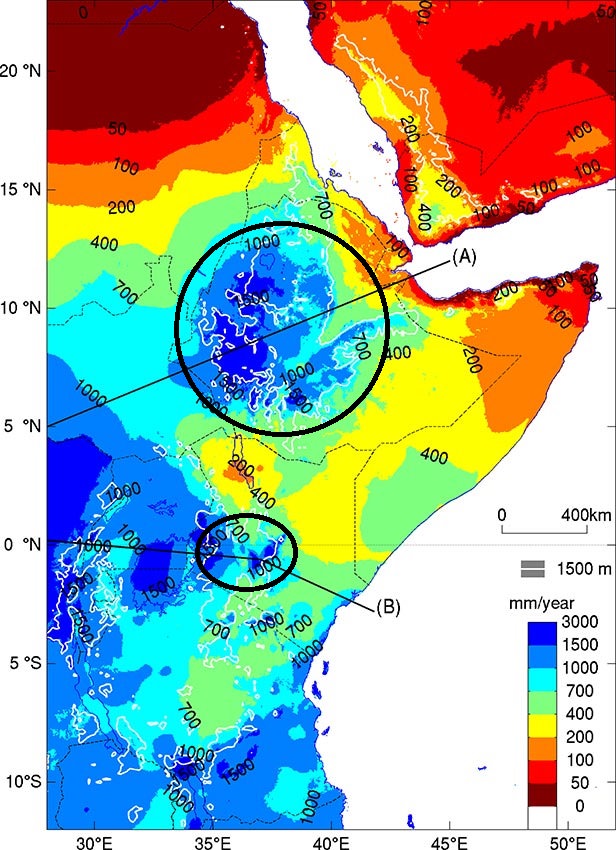
The climate crisis poses an existential threat to commodity-dependent developing countries and will result in the collapse of some economies if decisive action is not taken now
Kenya is among 40 commodity-dependent counties in the world most vulnerable to climate change, the United Nation’s Commodity and Development Report 2019 has revealed.
According to the report, Kenya received a climate change vulnerability score of slightly above 0.5 not far from Somalia, which is ranked as the highly vulnerable among commodity-dependent developing countries with a score of 0.7.
Sub-Saharan Africa countries dominate the list by the United Nations Conference on Trade and Development (UNCTAD) at 27, with the remaining few composed of North America and Asian islands.
The UN agency has warned that some of the listed economies risk collapsing if no timely action is taken.
“The climate crisis poses an existential threat to commodity-dependent developing countries and will result in the collapse of some economies if decisive action is not taken now,” UNCTAD secretary-general Mukhisa Kituyi said.
He added that now more than ever before, these countries need to assess their diversification potential and reduce their commodity dependence, which for decades has kept them exposed to volatile markets and climate change.
The report highlights the challenges that commodity-dependent developing countries (CDDCs) face as they manage their natural resource sectors in the context of the Paris Agreement. It also explores some potential benefits that might arise from climate change mitigation and adaptation.
Although challenges of adaptation to the adverse effects of climate change apply to every country, CDDCs are substantially more vulnerable than non-CDDCs. This is due not only to their socioeconomic conditions, including their over-reliance on a single or a few commodities but also to their geographical characteristics and low adaptive capacity.
To mitigate this, UNCTAD suggests an immediate economic and export diversification and financial and technical support implement their stated climate action plans.
According to the UN body, diversification could be horizontal, which entails venturing into new goods and sectors to reduce dependence on a narrow range of commodities, or vertical, which involves moving the value chain of a commodity up to increase its worth.
‘’Successful diversification strategy will likely include a combination of horizontal policies, such as strengthening human capital through investments in education and health, and targeted measures to promote individual sectors,’’ says report.
It regrets that although commodity-dependent developing countries contribute only modestly to climate change, the climate crisis puts them at most risk.
This is because they are economically dependent on sectors that are highly exposed to extreme weather events, the report states. Small island developing states (SIDS) are among the worst affected.
Equally at risk are high-income, fossil-fuel-dependent countries, such as Brunei Darussalam, Kuwait, and Qatar, which have some of the highest levels of greenhouse gas emissions per capita.
‘’They could be profoundly affected by the stranding of their major natural resource as a result of the growing push towards greener sources of energy,’’ the report says.
https://hiiraan.com/news4/2019/Sept...es_facing_eminent_economic_collapse_–_un.aspx

